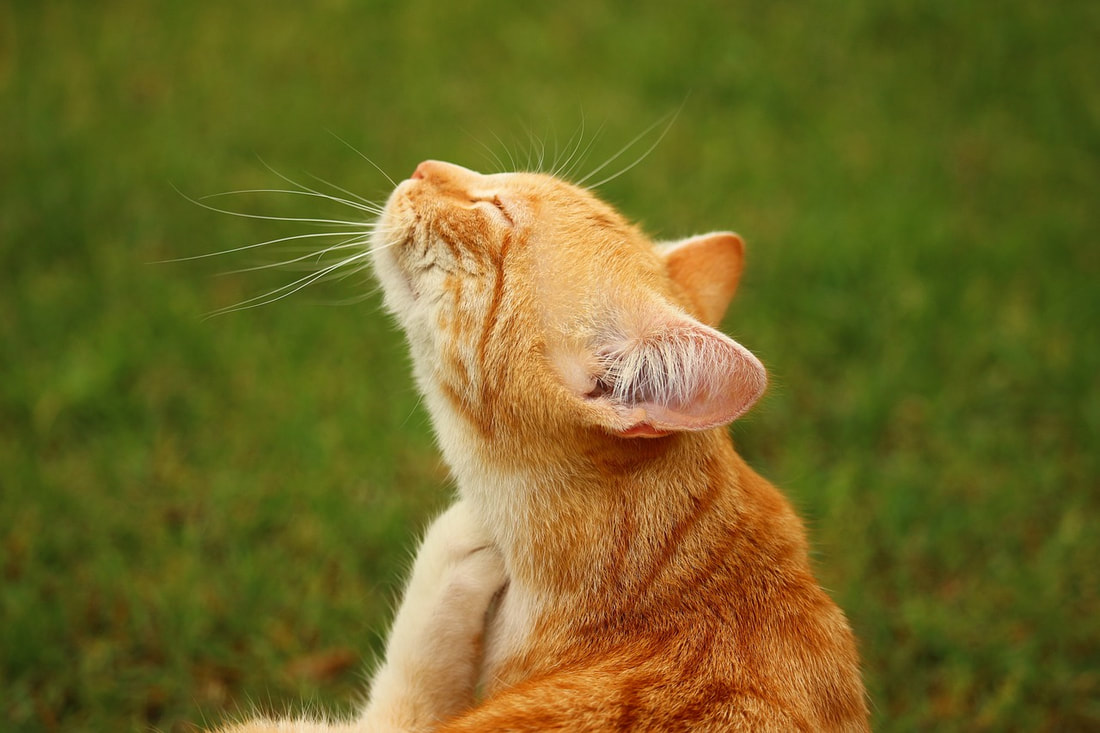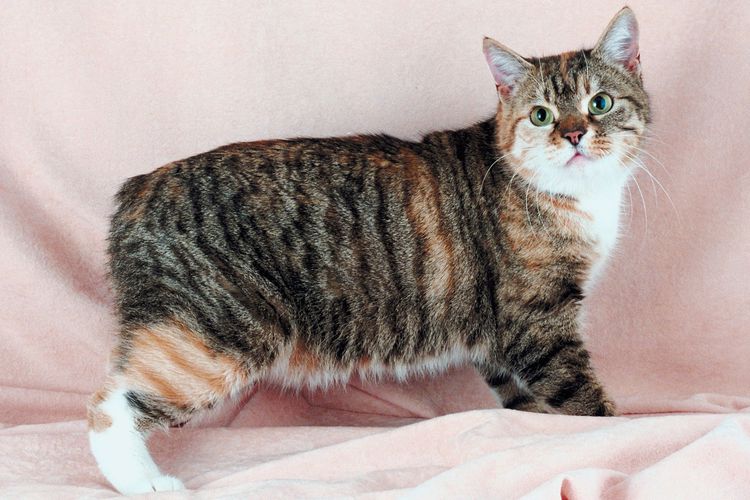|
I’ve had indoor cats almost my entire life, and for most of that time I thought indoor cats didn’t need help managing fleas. But living indoors doesn’t fully protect them, because we can easily bring fleas in from the outdoors, or from other animals, no matter how vigilant we think we’re being. What are these annoying critters, and how do we keep them from latching onto our cats? What are fleas?
Ctenocephalides felis, better known as cat fleas, are tiny insects that can become you and your cat's worst nightmare if they’re not handled immediately. There are several types of these fleas, and they choose many animals to attach to because blood is how they sustain themselves. These parasites not only cause itching, but they also carry diseases like tapeworms, allergic reactions, cat scratch fever, and even plague. They can flatten down to hide, and move within the fur; they remain almost undetectable in darker fur. If the diseases and skin issues aren’t concerning enough, they also multiply at an alarming rate: within one hour, up to 50 eggs can be laid by a single flea. Signs of Fleas By the time you see them, your cat has likely already been struggling with scratching or biting itself, or bathing itself excessively. If the fleas are severe enough, your cat may have sores or scabs. Allergic reactions are common for cats with fleas, so along with excessive itching and grooming, your feline friend may also start to lose patches of fur, and have swelling and redness on their skin. How to Get Rid of Fleas If you find your cat has fleas, you have a few different options to get rid of them. Some dated methods for flea treatments are powders, sprays, or flea dips, but using harsh chemicals these ways aren’t the safest option for kitty. Veterinarian-approved flea collars, pills, or topical treatments are recommended for successful flea treatment. To kill live fleas instantly you may purchase an over-the-counter pill. We have seen results in as little as 30 minutes with this method. Follow the instructions on the box, then talk to your veterinarian for a long-term treatment. Remember: You cannot kill the flea eggs, and it takes them about a week to hatch. You have to wait for the fleas to hatch before they are able to be killed, which is why flea treatment can be such a lengthy, frustrating process. Ask your veterinarian for the best topical flea medication or collar for your cat’s ongoing treatment, since some topicals and collars are not created equal. Some topical options are also required monthly, while others work up to three months per dose. The most effective collars that are available work by slowly releasing medication into the skin around the cat’s neck, and only need to be replaced every 6-9 months. Natural flea remedies are available, but these have not been tested by veterinarians, and are less effective than using medication. Continuing Prevention Keeping your cat on flea prevention year-round is the only way to fully prevent fleas from jumping onto your cat. Even though the freezing temperatures in NY might kill them outside, once they are in your house they will stay alive, and drive you and your cat nuts! We are also seeing more infestations popping up with our unseasonably warm weather these past couple of years. So grab whatever medication works best for your cat, and sleep soundly knowing kitty is flea-free.
0 Comments
We have been graced by the presence of one Manx kitty at Rock The Cat Spa, and we hope to have more visit us! We immediately wanted to know more about this tailless cat, so we did a bit of research, and found some interesting information to share… including Noah and the Ark… The History of Manx
The Manx originated on the Isle of Man, which lies between the UK and Ireland, and has been known as the home for Manx cats since the early 18th century. This breed is excellent at mousing, and have also been shown in cat shows beginning as far back as the late 1800s. The Manx Tail There are many interesting tales as to how the Manx cat came about, and what happened to its tail, but my personal favorite is about Noah. In this story, it is said that Noah was closing the door to the Ark, when the Manx ran in at the last moment, causing Noah to accidentally close the door on its tail! While this is a fantastic story, the missing tail is, in truth, a genetic mutation. A dominant gene in the breed affects the spine, and causes it to grow in different lengths, so there are many different classifications of Manx cats. A “longy” has a full tail, a “stubby” or “stumpy” has a partial tail, and a “rumpy” has no tail at all. The cats with full tails are not actually considered a full-breed Manx, since the longer tail means they do not have the dominant gene to pass on with the breed. Interestingly enough, even without a tail, Manx kitties can jump as high as other cats with no issues! Personalities Manx are very smart and a bit dog-like, which makes them a good breed to train and have fun with. (Playtime such as fetch is a favorite). They tend to be very active and have a high energy level. They also have shorter back legs, so they can hop like a bunny! Manx feel that they should be the center of attention, so be ready to lavish them with lots of love and one-on-one time. Distinguishing Characteristics This breed's coats may be short or long, and they are not hypoallergenic. The short haired Manx have double coats, so they need to be brushed daily, like the long haired variations, in order to be well maintained and avoid matting. Manx coats and eyes come in all different colors. Males tend to be medium to large sized, and up to 15 lbs, while female Manx are small to medium sized, and up to 9 lbs. Health Concerns The average lifespan of a Manx is around 15 years, although they are prone to health issues. “Manx Syndrome” is a kind of spina bifida. It can develop because they have no tail, but some kittens are affected while others are not. Spina bifida can cause several health issues such as arthritis, infections, difficulty walking, paralysis of the back legs, and incontinence. Concerns about the spine and overall health are absolutely conversations to have with your veterinarian, since having a Manx for years can be a costly investment, and have many quality of life considerations. Eye issues and colon problems have also been noted. If you’re able to give this historic breed the extra attention and care they need, then owning a Manx cat will be fun, and keep you busy! |
AuthorWrite something about yourself. No need to be fancy, just an overview. Archives
April 2024
Categories |



 RSS Feed
RSS Feed